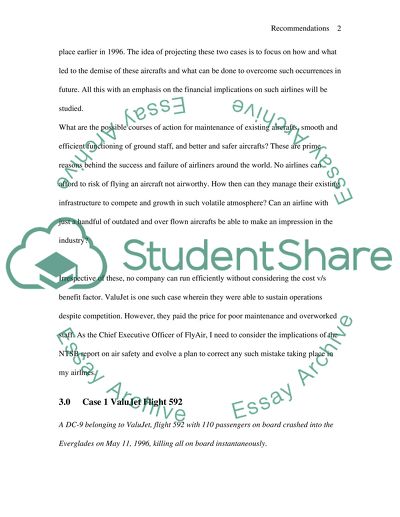Cite this document
(“Recommendations on Air Safety Essay Example | Topics and Well Written Essays - 2750 words”, n.d.)
Recommendations on Air Safety Essay Example | Topics and Well Written Essays - 2750 words. Retrieved from https://studentshare.org/engineering-and-construction/1499900-recommendations-on-air-safety
Recommendations on Air Safety Essay Example | Topics and Well Written Essays - 2750 words. Retrieved from https://studentshare.org/engineering-and-construction/1499900-recommendations-on-air-safety
(Recommendations on Air Safety Essay Example | Topics and Well Written Essays - 2750 Words)
Recommendations on Air Safety Essay Example | Topics and Well Written Essays - 2750 Words. https://studentshare.org/engineering-and-construction/1499900-recommendations-on-air-safety.
Recommendations on Air Safety Essay Example | Topics and Well Written Essays - 2750 Words. https://studentshare.org/engineering-and-construction/1499900-recommendations-on-air-safety.
“Recommendations on Air Safety Essay Example | Topics and Well Written Essays - 2750 Words”, n.d. https://studentshare.org/engineering-and-construction/1499900-recommendations-on-air-safety.


